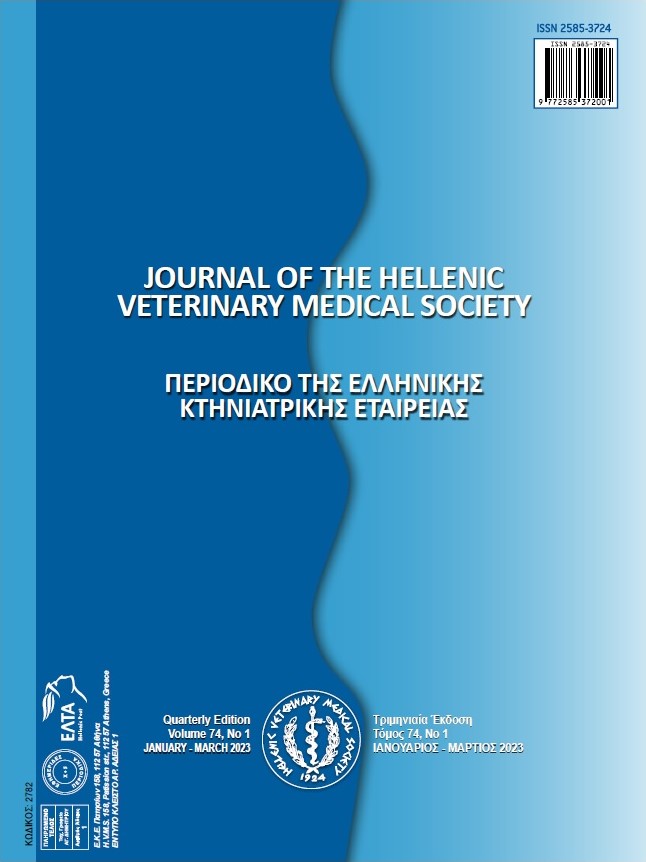Molecular identification and sequence analysis of Clostridium perfringens virulence genes isolated from sheep and goats

Abstract
Clostridium perfringens (C. perfringens) belongs to the family of Clostridiaceae and produces a wide range of toxins (four major and a variety of minor toxins). Some toxins associated with virulence have been shown to participate in the pathogenesis of enteric diseases in sheep, goats, and other animals. The aim of this study was to determine the presence of minor virulence genes and their genetic diversity in the various toxinotypes of C. perfringens isolates. About 84 isolates collected from sheep and goat flocks were examined and sequenced for the presence of minor virulence genes. Results showed that PFO and cpb2 were found in 79 out of 84 (94%), cpe was identified in 29 out of 84 (35%) and the presence of tpeL was confirmed in 28 out of 84 (33%) isolates, while none of the isolates were identified as carrying the netB gene. This study shows that the prevalence of genes varied among various types of C. perfringens isolates and also sheep and goat samples, furthermore these findings change the toxinotypes of isolates based on a modified scheme of toxinotype, which incorporated CPE and NetB toxins. The results of this study showed that the dominant minor virulence genes were PFO and cpb2 and the occurrence of cpe and tpeL genes was also diverse. DNA sequencing revealed approximately a sequence similarity of 97-100% with the GenBank database and 3 motation was found in sequence analysis.
Article Details
- Zitationsvorschlag
-
Amini, M., Kheirkhah, B., Shamsaddini Bafti, M., & Rokhbakhsh Zamin, F. (2023). Molecular identification and sequence analysis of Clostridium perfringens virulence genes isolated from sheep and goats. Journal of the Hellenic Veterinary Medical Society, 74(1), 5345–5354. https://doi.org/10.12681/jhvms.29434
- Ausgabe
- Bd. 74 Nr. 1 (2023)
- Rubrik
- Research Articles

Dieses Werk steht unter der Lizenz Creative Commons Namensnennung - Nicht-kommerziell 4.0 International.
Authors who publish with this journal agree to the following terms:
· Authors retain copyright and grant the journal right of first publication with the work simultaneously licensed under a Creative Commons Attribution Non-Commercial License that allows others to share the work with an acknowledgement of the work's authorship and initial publication in this journal.
· Authors are able to enter into separate, additional contractual arrangements for the non-exclusive distribution of the journal's published version of the work (e.g. post it to an institutional repository or publish it in a book), with an acknowledgement of its initial publication in this journal.
· Authors are permitted and encouraged to post their work online (preferably in institutional repositories or on their website) prior to and during the submission process, as it can lead to productive exchanges, as well as earlier and greater citation of published work.


